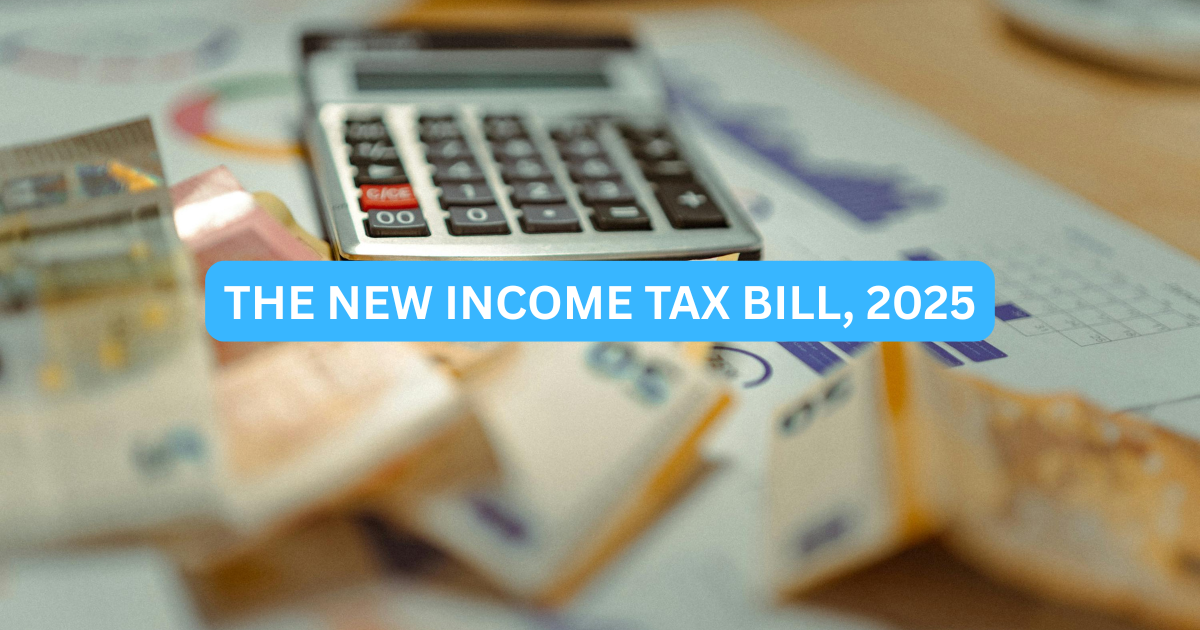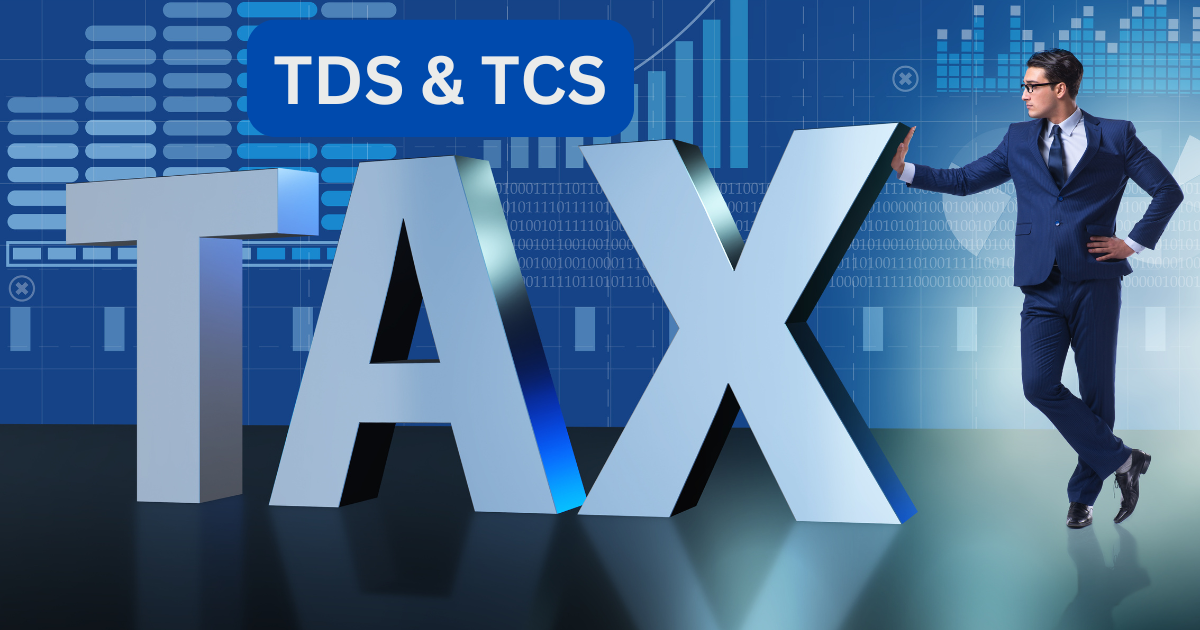
THE NEW INCOME TAX BILL,2025
On February 13, 2025, FM Nirmala Sitharaman Introduced the new bill Income Tax Bill, 2025, aiming to simplify the tax laws & consolidate the provisions in new bill. The New bill is concise, lucid, easy to read and understand.
The Bill proposes to eliminate redundant provisions, reducing its length by nearly half. It aims to create text of the law straightforward and clear, making the provisions easier to understand. There has been a significant reduction in the text of new Bill, in comparison to the existing Income Tax Act, as summarised below:
| Item | Existing Income Tax Act, 1961 | Proposed Income Tax Bill, 2025 |
|---|---|---|
| Words | 512,535 | 259,676 |
| Chapters | 47 | 23 |
| Sections | 819 | 536 |
| Tables | 18 | 57 |
| Formulae | 6 | 46 |
| Provisos | 1200 | - |
| Explanations | 900 | - |
Previous Year and Assessment Year replaced
One of the key changes is the replacement of Previous Year and Assessment Year with the “Tax Year”. Through the introduction of tax year, it is aimed to eliminate confusion of previous year and assessment year among the tax payers in India and aligning it with global tax practices.
As per the finance bill 2025, Tax year means “tax year” means the twelve months period of the financial year commencing on the 1st April. The tax period can be short than 12 months. If a new set up its business from 1st October 2024, then, the tax years would be 1st October 2024 to 31st March 2025.
No change in the concept of the financial year. The concept of financial year is still relevant in respect to timelines for compliance and for procedural issues.
Simplification of New Income Tax Bill
The length of the New Income Tax Bill has been reduced to half as compared to existing Income Tax Act, 1961. For the purpose of simplification, the government has undertaken the followings:
a) Key words/phrases are minimized, for instance the courts’ rulings have been retained with minimal modifications.
b) Simplified language has been used with crisp sentences wherever possible.
c) Sections have been transformed into row or sub-rows in tables which brings more clarity to the subject.
d) In order to bring more clarity to cross border transactions, many provisions & explanations related to international taxation have been removed and simple
e) Provisions have been made clear to minimize scope for multiple interpretations. The provisos and explanations have been removed and plain language is used.
f) Simplified language has been used in NGO chapter.
g) Exemption sections is simplified by placing information in tables and schedules.
h) Wherever it was feasible, formulae and tables are used to bring clarity making complex provisions more visual and easier to follow.
i) Consolidation of similar provisions which were present in different chapters in the existing Act to the extent possible.
Old Vs New
| Particulars | Income Tax Act, 1961 | Income Tax Bill, 2025 |
|---|---|---|
| Number of Sections | More than 700 | 536 |
| Number of Chapters | 23 | 23 |
| Number of Schedules | 14 | 16 |
| Content (Pages) | 823 | 622 |
| Tables | 18 | 57 |
| Reduction of words Exemption Related Provision TDS/TCS Non-profit Organization |
30000 27453 12800 |
13500 14606 7600 |
| Year | Previous Year Assessment Year |
Tax Year |
To summarize, it can be concluded that the vision of aligning the Country’s tax framework with the global best practices is a significant and positive shift. By prioritizing clarity, simplification, and predictability, the Bill ensures a more efficient and taxpayer-friendly legal structure.
The next step would involve the passage of the Bill by Parliament, after which it will be enacted and become applicable from April 1, 2026. Simultaneously, the government will roll out an operational framework, including the notification of new Rules and Forms, along with software development to streamline administrative and compliance processes.
Recent Posts
-
 Understanding APAs Under Indian Income Tax Law: Pr...
Jun 23,2025
Understanding APAs Under Indian Income Tax Law: Pr...
Jun 23,2025
-
 A guide to permanent establishment risks for globa...
May 16,2025
A guide to permanent establishment risks for globa...
May 16,2025
-
 E- Commerce-Challenging Transactions Without Borde...
Mar 20,2025
E- Commerce-Challenging Transactions Without Borde...
Mar 20,2025
-
 Form 10F...
Mar 04,2025
Form 10F...
Mar 04,2025
-
 THE NEW INCOME TAX BILL, 2025...
Feb 24,2025
THE NEW INCOME TAX BILL, 2025...
Feb 24,2025
-
 TDS Amendments...
Feb 14,2025
TDS Amendments...
Feb 14,2025
-
 What is an Income Tax Clearance Certificate (ITCC)...
Oct 02,2024
What is an Income Tax Clearance Certificate (ITCC)...
Oct 02,2024
-
 Introduction to Cross-Border Taxation...
Apr 13,2022
Introduction to Cross-Border Taxation...
Apr 13,2022
-
 The Importance of Transfer Pricing for Multination...
Mar 16,2022
The Importance of Transfer Pricing for Multination...
Mar 16,2022
